Last year we presented you with a list of 10 unknown animals found off Antarctica which was much appreciated by our readers. Today’s article is inspired from International Institute for Species Exploration at Arizona State University where, each year, they compile a list of 10 best new species discovered.
10. Leaproach – Leaping/Jumping Cockroach
This jumping cockroach was found by two entomologists in South Africa where they decided to name it the ‘Leaproach‘. The species resembles grasshopper and has specially designed hind legs that allows it to jump like a kangaroo. Leaproach has 2 hind legs for jumping and 4 legs at front that helps grab onto passing stems. People usually are disgusted by cockroaches, especially the flying ones and this one is guaranteed responsible for your next nightmare. Read more about leaproach here. The Jumping Cockroach was actually discovered in 2006 by Mike Picker and Jonathan Colville but it made it to the Top 10 species list this year.
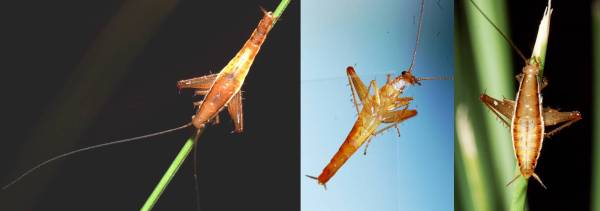
9. The Glowing Mushroom
Out of 1.5 million species of fungi, there are only 71 that have bio-luminescence properties and this particular one named Mycena luxaeterna has the most striking light emission. The gel-covered stems of the mushrooms emits a very bright yellowish green light, 24 hours a day. It was first discovered in 2010 from last remaining habitat of Atlantic forest in Brazil.
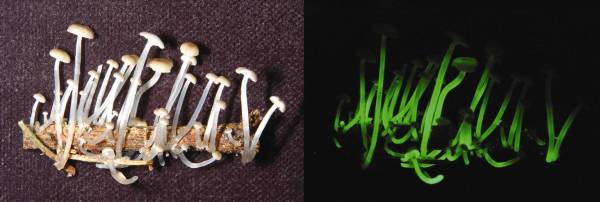
8. Pancake Batfish
This might be the first pancake you don’t want to eat. The fish was discovered during the Gulf of Mexico oil spill in 2010 and got attention of many scientist. CNN portrayed this little creature to be the first victim of the great oil spill. The fish is flat, brown like a pancake and has spiky hops all over its body. This hideous (according to many) looking creature has an awkward mouth and huge bulging eyes on the head.
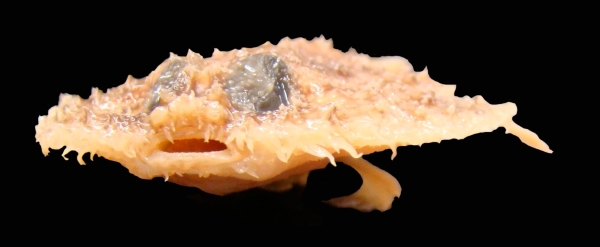
7. First Underwater Mushroom
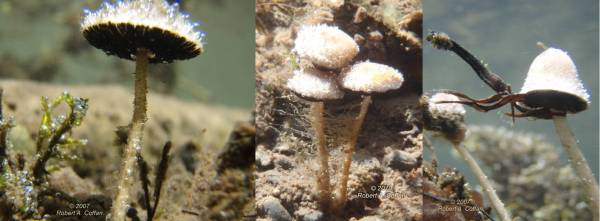
6. RMS Titanic Bacterium
Have you ever heard of a ‘Metal Eating Bacteria’? This new species was found eating iron-oxide on a rusticle from Titanic Ship. Scientists have found out that this bacterium, named Halomonas titanicae, loves to eat steel and creates knob-like mounds of corrosion that along with other microorganisms contributed to the deterioration of Titanic’s metal. This insignificantly small creature will one day make the Titanic disappear. Scientists believe that using the same bacterium they can dispose the naval and merchant ships sunk in the deep ocean.

5. Walter’s Duiker
It’s astonishing that an animal as big as duiker which is from a well-studied group of antelope is found one day in a meat market disguised as a new species. Discovered in Togo, Benin, and Nigeria, this small antelope measures no more than 50cm at the shoulder and weighs about four to six kilograms. To read in detail about Walter’s duiker visit CarnivoraForum.

4. Swimmer’s Leech
This leech is officially named Tyrannobdella Rex which means tyrant leech king, is a small leech (2 inch long) found off Amazon. It was discovered about few year ago from the nose of a little girl who used to take bath in Amazon river. Unlike other leeches, this one has only a single jaw but 8 large teeth. These teeth are at least 5 times stronger than those found in any other leech. To investigate more about this unique swimmer’s leech visit Wired.
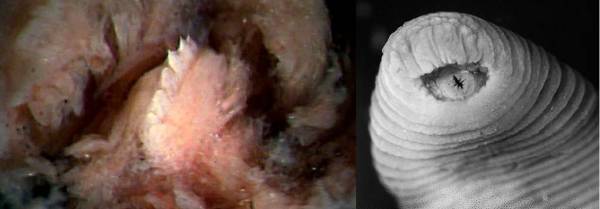
3. Pollinating Cricket
We all know bees are good pollinators, but there’s someone else who share the honor. This cricket, named Glomeremus orchidophilus, is the only species of cricket known that can pollinate. It’s found off the Reunion Islands in Western Indian Ocean in year 2010. The discovery of this species indicates how even the smallest of insect helps maintaining the balance of nature and if such species starts to extinct one after the other, there will be a long lasting imbalance in the environment. BBC has a documentary on this cricket, watch and read here.









 Posted in:
Posted in:
0 comentarii:
Post a Comment